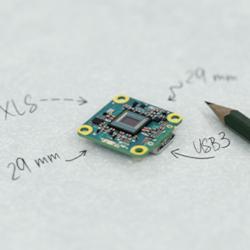Scientists harvest 1st vegetables in Antarctic greenhouse

BERLIN (AP) — Scientists in Antarctica have harvested their first crop of vegetables grown without earth, daylight or pesticides as part of a project designed to help astronauts cultivate fresh food on other planets.
Researchers at Germany’s Neumayer Station III say they’ve picked 3.6 kilograms (8 pounds) of salad greens, 18 cucumbers and 70 radishes grown inside a high-tech greenhouse as temperatures outside dropped below -20 degrees Celsius (-4 Fahrenheit).
The German Aerospace Center DLR, which coordinates the project, said Thursday that by May scientists hope to harvest 4-5 kilograms of fruit and vegetables a week.
While NASA has successfully grown greens on the International Space Station, DLR’s Daniel Schubert says the Antarctic project aims to produce a wider range of vegetables that might one day be grown on Mars or the Moon.
Comments (0)
This post does not have any comments. Be the first to leave a comment below.
Featured Product


